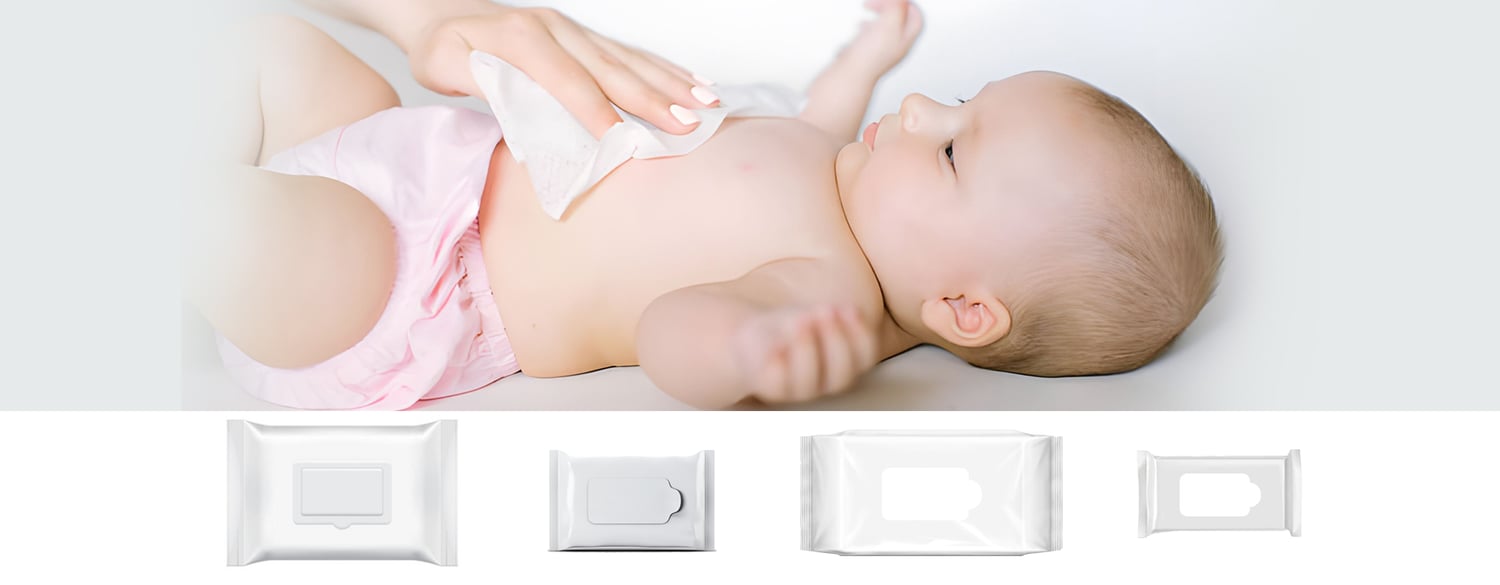Benefits of Using Grease Wipes in the KitchenGrease wipes are essential tools for maintaining a clean and sanitary kitchen environment. By using grease wipes regularly, you can easily remove grease and grime from various surfaces, including countertops, stovetops, and kitchen appliances.How to Choose the Best Grease Wipes for Your KitchenWhen selecting grease wipes for your kitchen, it is important to consider factors such as the material, size, and effectiveness of the wipes. Look for wipes that are specifically designed to tackle tough grease and are safe to use on different surfaces.Step-by-Step Guide to Using Grease WipesTo effectively clean your kitchen with grease wipes, start by removing any loose debris from the surface. Then, take a grease wipe and gently scrub the greasy area in circular motions. Repeat as necessary until the surface is clean and grease-free.Benefits of Eco-Friendly Grease WipesOpting for eco-friendly grease wipes is not only better for the environment but also safer for your health. These wipes are typically made from biodegradable materials and do not contain harmful chemicals that can leach into the environment.Top Brands for Grease Wipes in the KitchenThere are several reputable brands that offer high-quality grease wipes for kitchen use. Some popular brands include Lysol, Clorox, and Seventh Generation. Be sure to read reviews and compare prices before making a purchase.DIY Grease Wipes Recipes for a Budget-Friendly OptionIf you prefer to make your own grease wipes at home, there are several DIY recipes you can try. Common ingredients include vinegar, baking soda, dish soap, and essential oils. These homemade wipes are effective and cost-effective.Common Mistakes to Avoid When Using Grease WipesTo ensure optimal cleaning results, avoid common mistakes such as using too much pressure when scrubbing, using the wrong type of wipe for the surface, and not following the manufacturer's instructions. Proper usage will extend the life of your grease wipes.Storage Tips for Grease WipesTo prolong the shelf life of your grease wipes, store them in a cool, dry place away from direct sunlight. Reseal the packaging after each use to prevent the wipes from drying out. Proper storage will maintain the effectiveness of the wipes.Grease Wipes for Kitchen: A Must-Have Cleaning EssentialIn conclusion, grease wipes are indispensable tools for keeping your kitchen clean and hygienic. Whether you opt for store-bought wipes or make your own, regular use of grease wipes will help you tackle tough grease stains and maintain a sparkling kitchen.Quote Inquirycontact us










